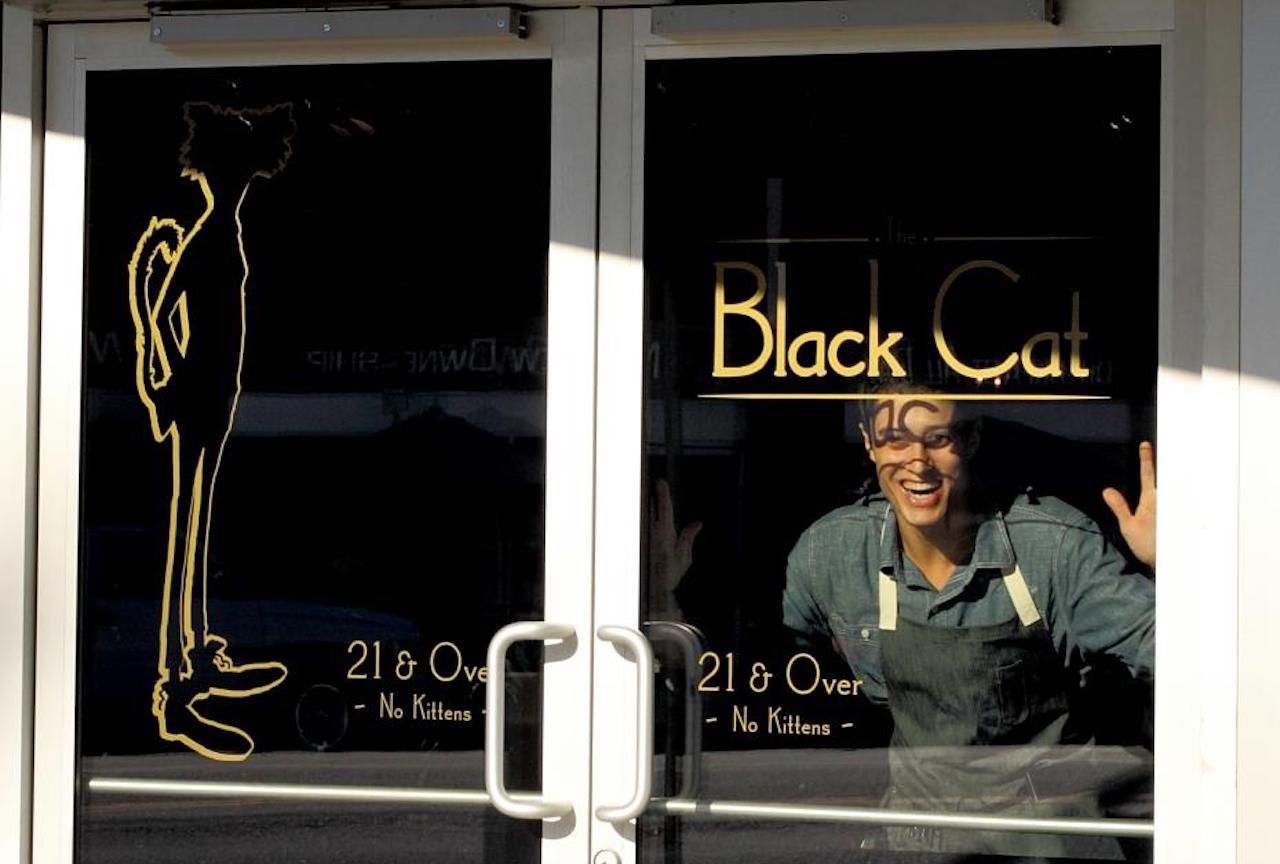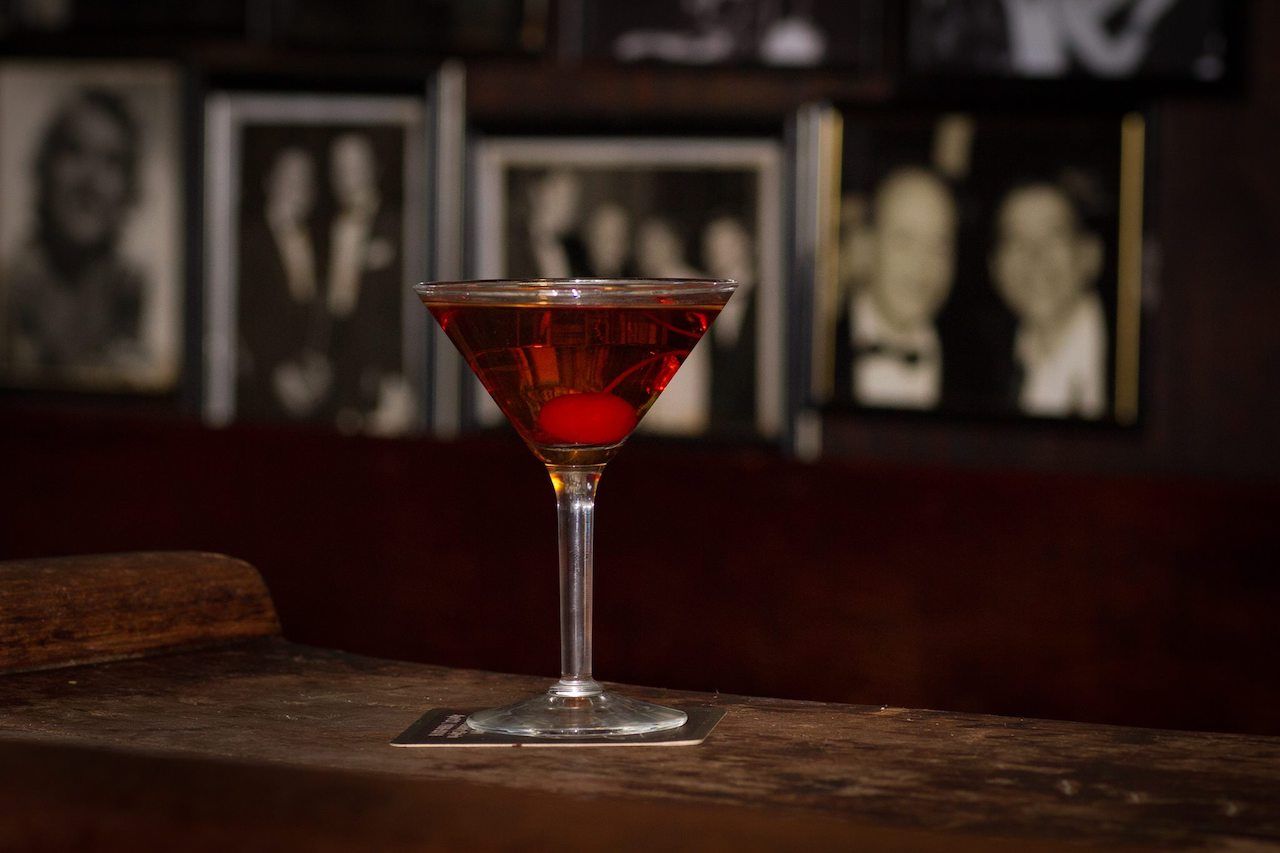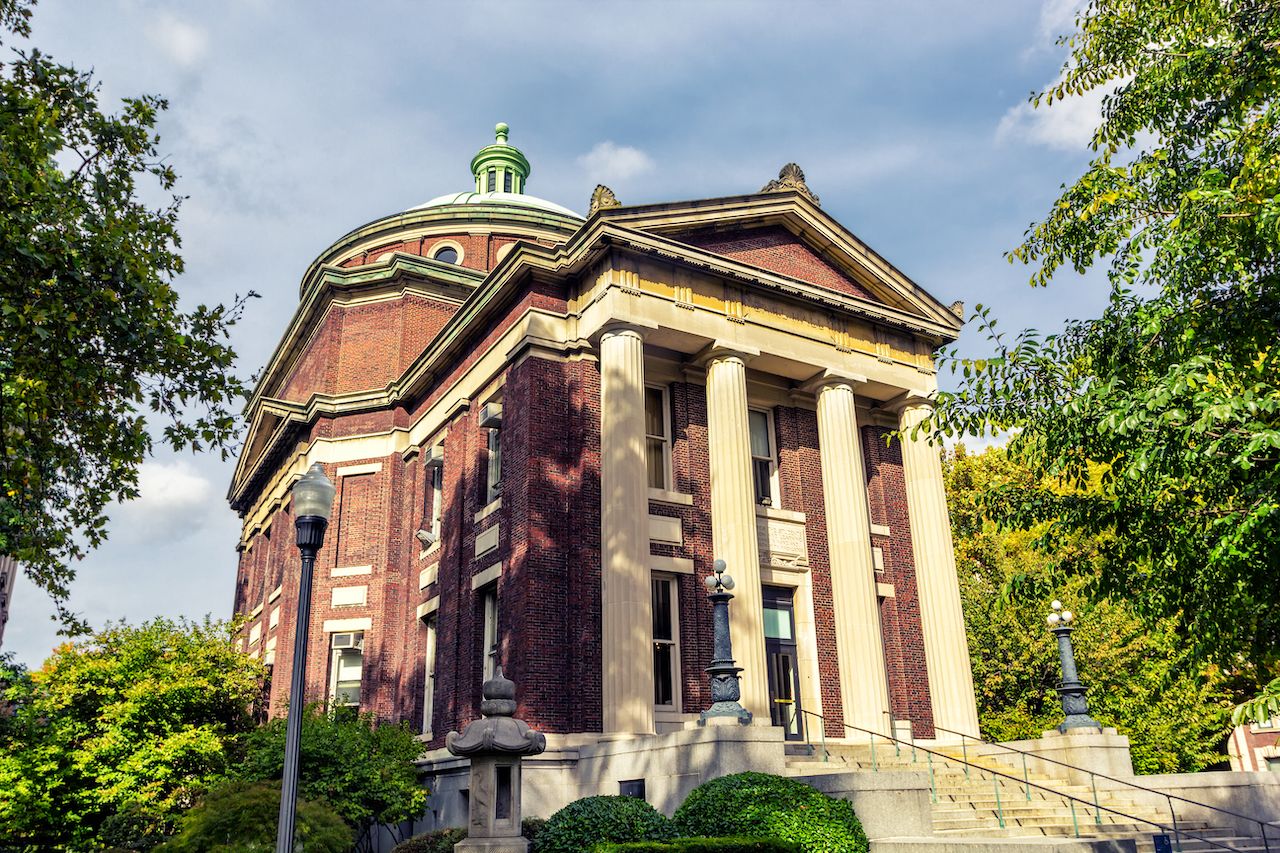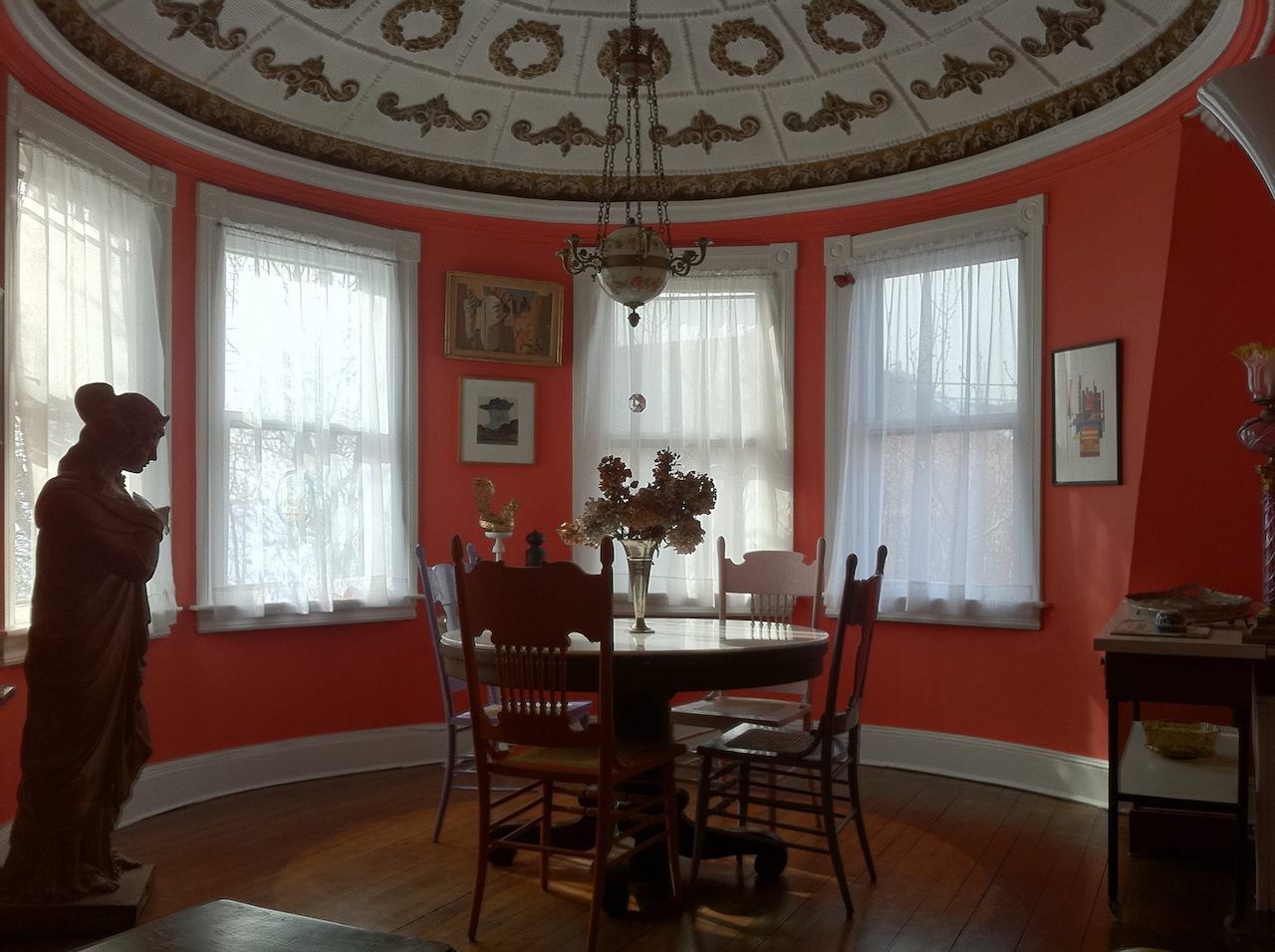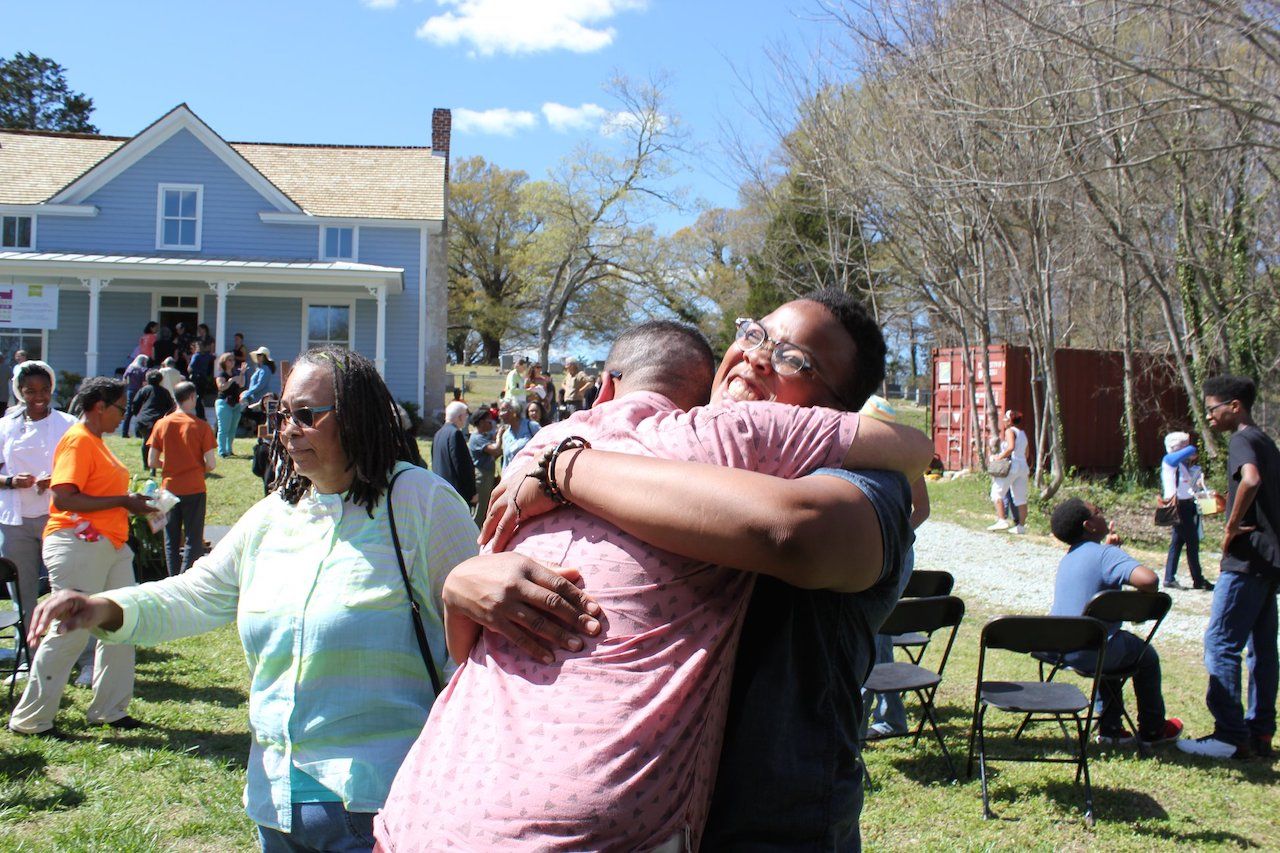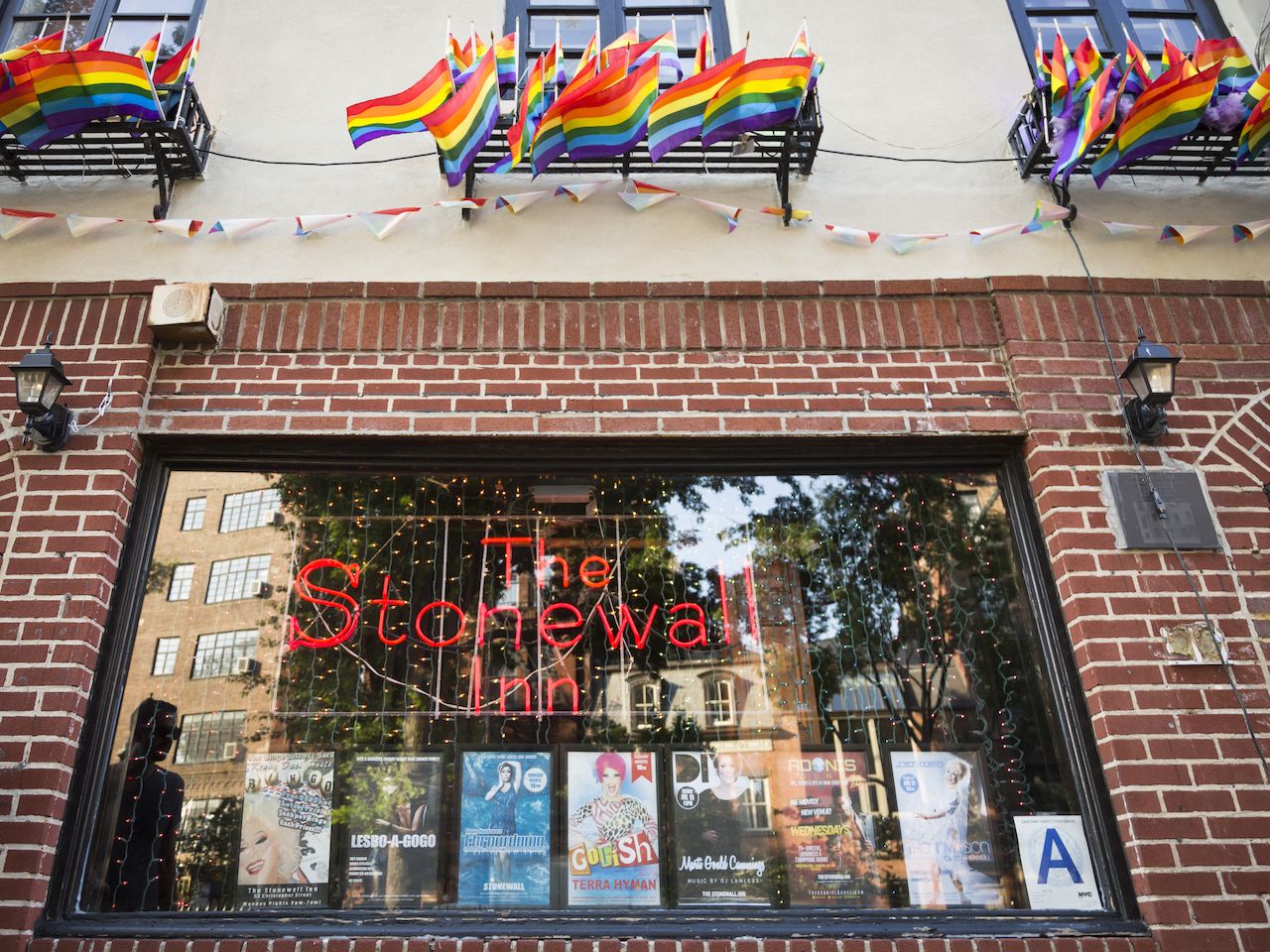From the very first queer magazine to significant protests for LGBTQ freedom of expression, there are a number of buildings around the United States that are still standing as testaments to the history of the LGBTQIA+ community. Though it seems now like a world so far out of our grasp, there was once a time when members of the queer community could not even assemble for a few beers in peace. In fact, in a not-so-distant past, “social justice” did not appear to be in the realm of possibility for LGBTQ people.
Fast forward to decades later, and, though there is still much work to be done, LGBTQ trailblazers like Harvey Milk and Pauli Murray made a case for gay rights — and inevitably won. To honor these people, organizations, and protests that ultimately brought the issues of the LGBTQ community to the forefront, many buildings significant to the community’s history have been made into national landmarks. So if you’ve only ever heard of the Stonewall Inn, brush up on your history and add these 15 important LGBTQ landmarks to your pride bucket list.

